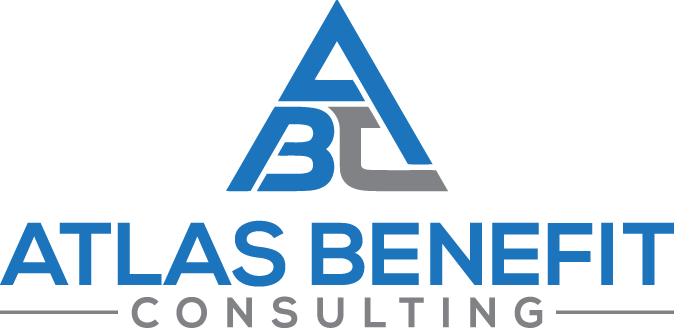Statistics
- There are around 2 million women veterans in the US.
- Women make up about 10% of the veteran population, but women veterans comprise less than 2% of the population of US women.
- The number of women veterans is expected to continue rising at an estimated 15,000-18,000 per year.
- You can view the projected women veteran increase by state here.
Women Veteran Challenges
While women are the fastest-growing veteran population, they can feel ignored or less valued in discussion and efforts when compared to their male counterparts. Below we will discuss some of the unique or more prominent issues and challenges that women veterans face, along with resources that are available.
Difficulty Transitioning
- The majority of veterans of both genders struggle with transitioning to civilian life. Women veterans grapple with something most men don’t – gender identity once back. While on active duty or deployment, women feel the pressure to behave and conduct themselves in a way that is more fluid with their male service members. In transitioning back to civilian life, it is difficult to shake that behavior and identity. This can be confusing, frustrating, cause mental health issues, and affect relationship balance with friends and loved ones.
- There are continued biases towards women who serve and “leave” their family, much more so than for men who serve. This bias can further compound the guilt that women veterans are much more likely to face than men, in regard to reintegrating with their family after being away.
- The VA has a Transition Training specifically for women veterans.
- Read more on challenges for the transition for veteran women.
Job Inequality & Homelessness
Women veterans are 2-3x more likely to become homeless than civilian women. Around 75-80% of homeless women veterans are unemployed. A multitude of factors contribute to this, including single parenting, mental and emotional health issues, addiction, and inability to afford child care and/or find a well-paying job.
- Studies reveal that a male veteran is more likely to receive a job offer than a female veteran, even if both are equally qualified. Though gender biases in the workplace have experienced some improvement, it still remains that male veterans are more likely to be seen as “heroes”, qualified, skilled, or strong.
- There is a severe lack of childcare assistance for veterans. This is much more likely to negatively affect women veterans in their search for or balance of job, family, and financial means.
- ChildCare.gov allows you to check your state’s available child care resources.
- Go here to check out the VA’s programs and assistance for women veteran homelessness.
Sexual Trauma, Assault and PTSD
Women are twice more likely than men to experience PTSD after active duty or deployment. A major reason for this is due to women being at a much higher risk of experiencing Military Sexual Trauma (MST). Women who have experienced MST are 5-8x more likely to suffer from PTSD than those who didn’t. Experiencing and recovering from MST is a long, difficult process. The below resources are good starting points for anyone who has experienced any form of MST.
- National Center for PTSD
- VA PTSD information
- The National Sexual Violence Resource Center lists many different resource options for all women, including veterans, that have experienced any form of sexual harassment or violence. Read about them here.
- VA fact and resource sheet on MST.
- Wounded Warrior Project resource list for MST.
- Read about the Prevalence of MST (a study) here.
While this is not an exhaustive list of challenges that are more unique to women veterans, it highlights some of the main ones. We encourage all veterans to seek the resources and help they need.
Connect With Us
Take the next step and connect with a member of our team to make sure you are receiving the maximum ratings, and benefits and compensation, that you have earned! Use the button below for more information and a free consultation. Check out our client reviews here!
Click Here for Info on Your Free Consultation

